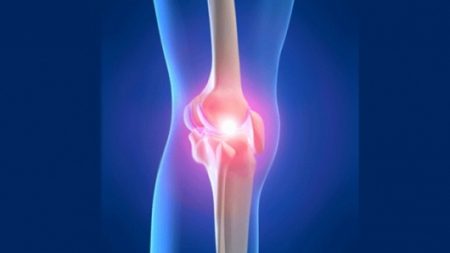May 27, 2018 – Three-dimensional bioprinting is the future state the authors of a study that recently appeared in Scientific Reports. Using 3D printers and bioinks containing induced pluripotent stem cells (iPSC) combined with a patient’s existing chondrocytes (cartilage cells), researchers are developing a technique by which iPSCs can be introduced to an affected area in the body to regrow a damaged joint. The iPSCs would be placed within an alginate compound that would provide the framework for the cartilage to regrow to the needed shape. The study tests not only the bioprinting technique but also the alginate hydrogel compounds needed for successful cartilage regeneration.
To get the exact shape right the researchers used bright-field microscopy combined with nonlinear microscopy to create exact images of the targeted area within a simulated body. The iPSCs were encapsulated within a number of different bioinks to test the efficacy of each and determine which was most suitable for cartilage regeneration. After three weeks chondrocyte growth was indicated. The researchers noted that increasing the iPSC volume would likely speed up the proliferation of chondrocytes and the restoration of the body’s natural cartilage.
iPSCs don’t necessarily form chondrocytes. Being undifferentiated stem cells means that they could turn into almost any body tissue. So one of the issues the researchers had to address was ensuring that existing chondrocytes were at the locality where the bioink was introduced. That stimulated the iPSCs to turn into chondrocytes.
The researchers acknowledge that we still have a considerable way to go before we get to the point where it will be routine not to have knee or hip replacement surgery, but rather infuse stem cells into an affected joint to regrow lost cartilage to meet exact physical requirements. For me, the advancement in this technology cannot come soon enough to help me regenerate my left knee, and maybe even give my right one some fine tuning.
This latest research is being done at the Chalmers University of Technology, Gothenburg, Sweden, the Department of Clinical Chemistry and Transfusion Medicine, University of Gothenburg, and the Kungsbacka Hospital, in Kungsbacka, Sweden.









